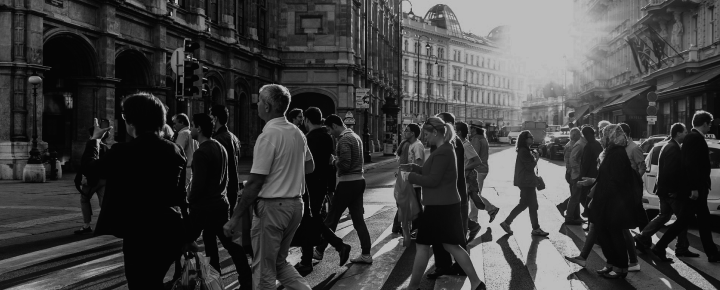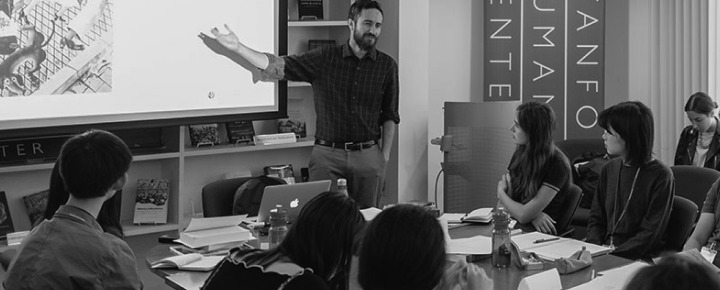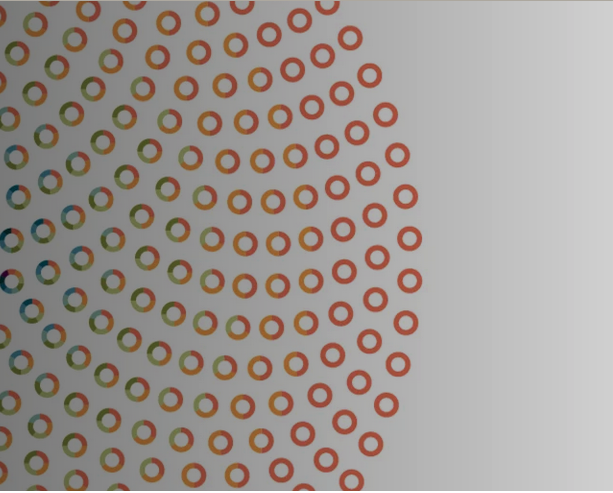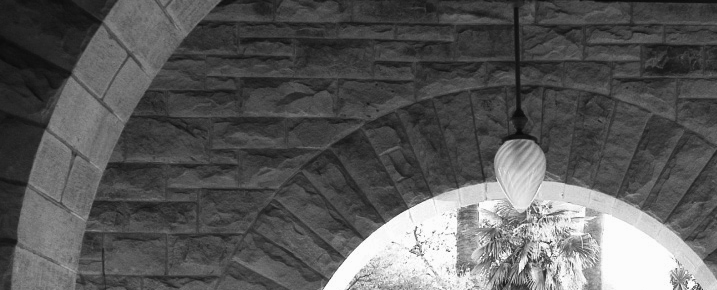Three creative forms—speculative fiction, urban design, and BioArt—are today conceptualizing and collaborating with genetic engineering. In investigating these forms, I have become particularly enamored of a provocative architectural experiment entitled “In Vitro Meat Habitat” (Image). The project’s peculiar amalgamation of utopianism and state-of-the-art science perhaps most intrigues me. An outgrowth of the New York-based nonprofit Terreform ONE, the Meat Habitat models a sustainable, futuristic living space that uses the genetically manufactured “extruded cells” of pigs as its principal building materials. Architect Mitchell Joachim and his collaborators at Terreform describe the Habitat as a “victimless shelter” for human communities, which the architect builds in vitro and thus, they suggest, without the use of extant plant or animal bodies.
In part an architectural solution to deforestation, “In Vitro Meat Habitat” links up with experimental projects that purport to provide food and shelter without the depletion of land and sea resources: for example, the indoor “window farms” of artists Britta Riley and Rebecca Bray, or the “Disembodied Cuisine” installation project of the Australian Tissue Culture and Arts collective. The latter reflects a collaboration of bioartists and geneticists to generate a paradoxically vegetarian meat source out of skeletal frog muscle and biopolymers. As with the Terreform designs, the artists and scientists who created “Disembodied Cusine” in 2003 describe their project as “victimless”:
“A biopsy will be taken from an animal which will continue to live and be displayed in the gallery along side the growing ‘steak.’ […] This piece deals with one of the most common zones of interaction between humans and other living systems and will probe the apparent uneasiness people feel when someone ‘messes’ with their food. Here the relationships with the Semi-Living are that of consumption and exploitation. However, it is important to note that it is about “victimless” meat consumption. As the cells from the biopsy proliferate the ‘steak’ in vitro continues to grow and expand, while the source, the animal from which the cells were taken, is healing.” (Source)
The conception of “victimless” habitats and food systems gains traction in early twenty-first century culture, I would hazard, partly because artists become complicit collaborators with—if also public critics of—genetic scientists and biotech corporations, which supply groups like the Tissue Culture and Arts Project with methods and materials. The ethical questions these avant-garde works pose—to contemporary art, to cultural studies, to environmental activism, and of course to biotechnology labs—could not be more timely. Perhaps above all, they interrogate the knotty relationship of art and science in an era of digital and computational media on the one hand and genetically modified organisms on the other. I would further suggest that the inventiveness of projects like “In Vitro Meat Habitat” adapts both environmentalism and postmodernism to what we might term the transgenic age.



